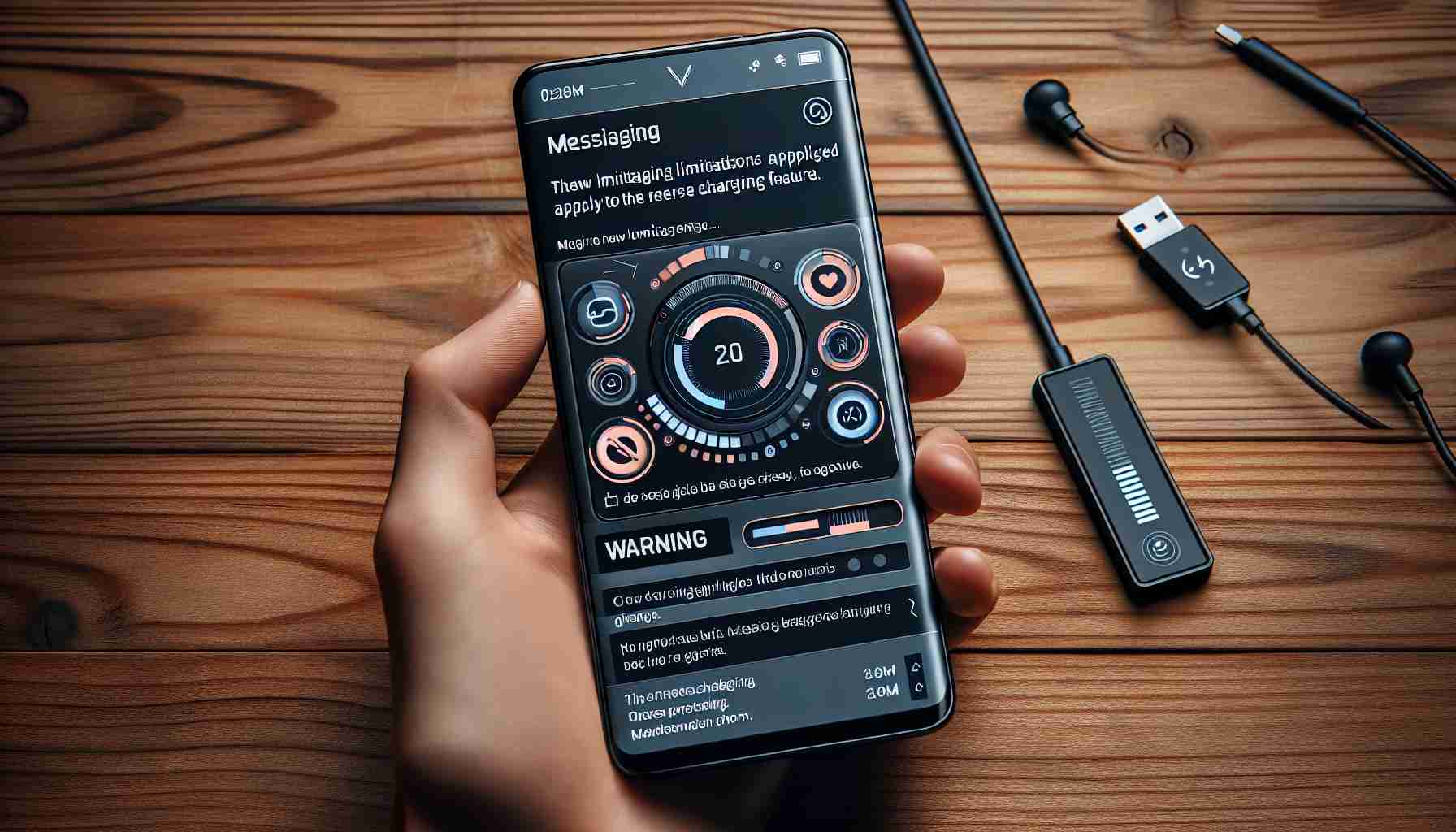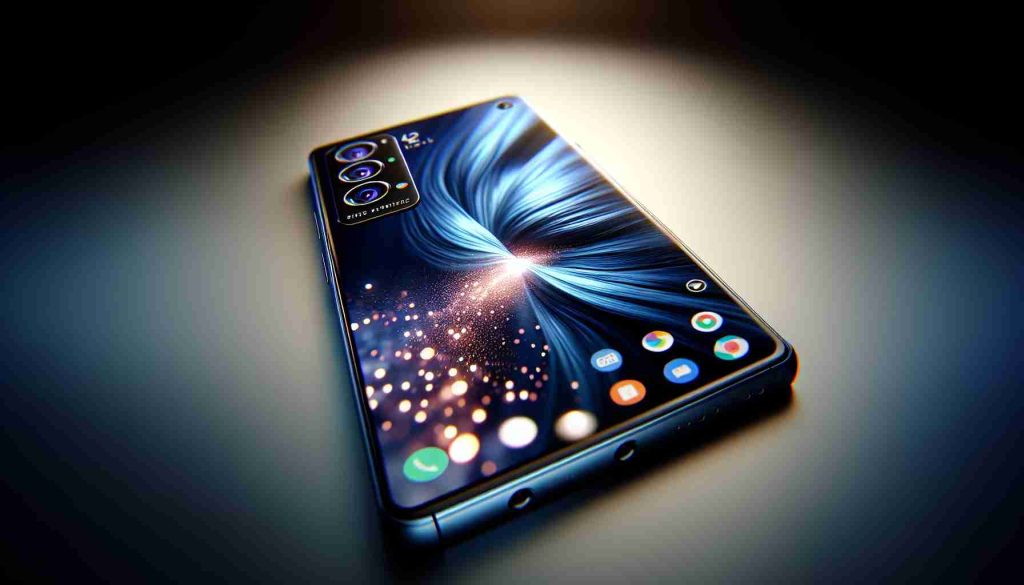Users of the Pixel 9 smartphone series have recently found themselves facing a considerable limitation regarding its reverse wireless charging capabilities. In a noteworthy shift from prior models, the Pixel 9 automatically suspends the Battery Share option when a wired charger is plugged in.
This modification is likely implemented to mitigate overheating issues and prolong the lifespan of the battery. Nevertheless, it has left some users frustrated, particularly those who previously enjoyed the convenience of charging their phones alongside other devices simultaneously.
Additionally, the premium Pixel 9 Pro Fold model surprisingly lacks any support for wireless charging, even though it carries a hefty price tag. This places it in a unique position among Pixel devices, isolating it from compatibility with Google’s luxury wireless charger.
While the Pixel 9 series introduces enhancements that boost overall battery efficiency, the restricted functionality of Battery Share may serve as a drawback for many consumers who regularly relied on this feature. Users accustomed to the versatility of simultaneous charging might reconsider their options as they navigate these new limitations. The shift in functionality raises questions about the balance between improved technology and user experience within the latest Pixel offerings.
New Restrictions on Pixel 9 Series Reverse Charging Feature: An In-Depth Look
The recently launched Pixel 9 series from Google has brought with it several innovative features, but it has also generated a considerable amount of discussion surrounding its new limitations, particularly regarding the reverse wireless charging functionality, known as Battery Share. This feature has been a highlight for many users, creating convenience by allowing them to charge other devices using their smartphones. However, the Pixel 9 series has introduced significant restrictions that have left some users questioning Google’s approach to user experience.
Key Questions and Answers
1. Why does the Pixel 9 suspend Battery Share when a wired charger is connected?
– The new limitation seems to be primarily aimed at safeguarding the phone’s internal components from overheating. By suspending reverse charging, Google aims to prolong the battery lifespan, ensuring that users have a more reliable device over time.
2. How does this affect users who relied on Battery Share?
– Users who previously enjoyed the advantage of charging multiple devices on-the-go will feel the pinch of this restriction. Many smartphone owners appreciate the ability to assist friends or charge accessories without the need for additional chargers.
3. What are the implications for the Pixel 9 Pro Fold model?
– Notably, the Pixel 9 Pro Fold model lacks any wireless charging capabilities, which is unusual for a flagship device priced at a premium. This exclusion further complicates the product’s value proposition, particularly for users seeking all-in-one functionalities.
Challenges and Controversies
The issues surrounding the Pixel 9 series’ reverse charging features have sparked debates among tech enthusiasts. One significant challenge is balancing performance enhancements with user convenience. Some consumers argue that safety measures should not compromise the essential functionalities that define their user experience. Moreover, the decision to exclude wireless charging from the Pixel 9 Pro Fold has raised concerns about the direction of Google’s product strategy in a competitive market that increasingly favors versatile and user-friendly designs.
Advantages and Disadvantages
Advantages:
– Improved battery management and longevity due to reduced overheating risks.
– Enhanced energy efficiency with overall battery performance improvements across the Pixel 9 series.
Disadvantages:
– Reduced mobility for users who relied on the Battery Share feature for charging peripherals and other devices.
– Potential market alienation of users who expect premium features, especially in flagship models like the Pixel 9 Pro Fold.
Conclusion
While the Pixel 9 series promises innovative advancements, the introduction of new restrictions on reverse charging has prompted a re-evaluation of user preferences and expectations. As technology continues to evolve, it remains crucial for manufacturers like Google to strike a harmonious balance between functionality, safety, and user satisfaction. The ongoing conversations surrounding these limitations may ultimately influence future iterations of the Pixel line.
For more information on Google’s innovations and the Pixel series, visit Google Store.




















